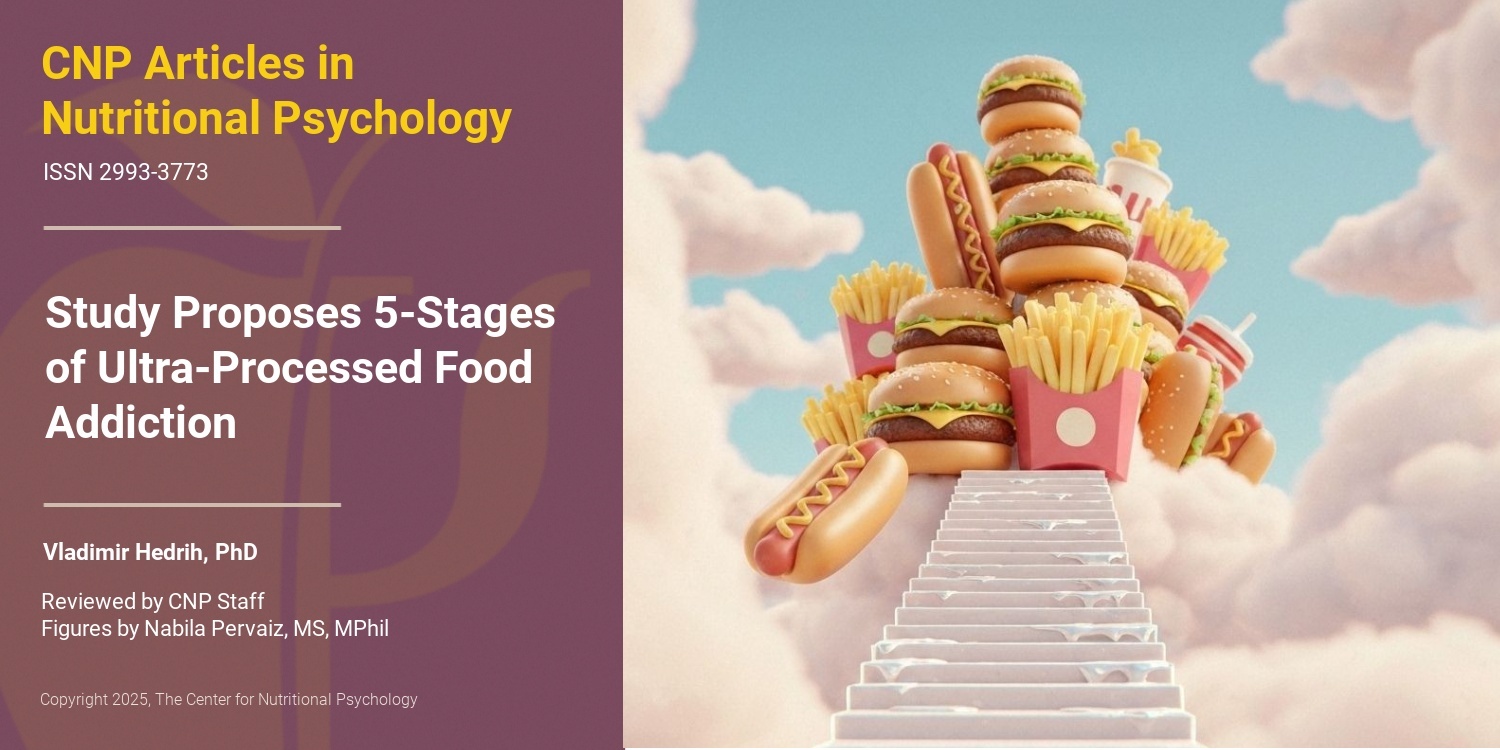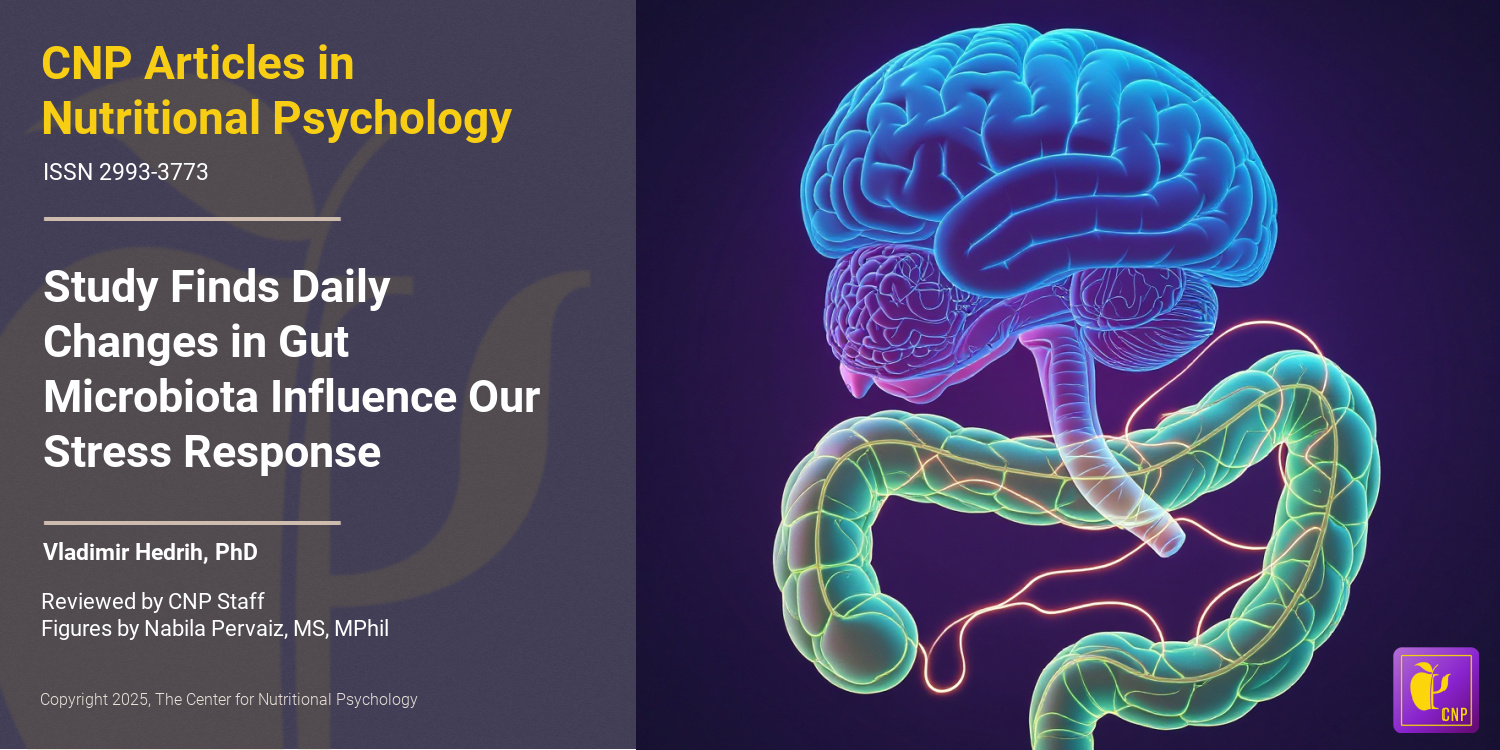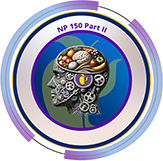- A study on mice published in Nature Metabolism examined how a group of GABAergic proenkephalin neurons in the diagonal band of Broca region of the brain responds to food presentation.
- A subset of neurons linking to the paraventricular nucleus of the hypothalamus promoted eating when the mouse was hungry.
- Another subset of neurons linking to the lateral hypothalamus inhibited eating behaviors when the mouse detected high-calorie food
Why We Eat When We Are Not Hungry
We have all probably experienced a situation where we wanted to eat something, although we knew we had recently eaten and were not hungry. This can happen when we see, smell, or taste something delicious, but also when we find ourselves in an environment where we usually eat or that we have learned to associate with eating, when we are in a social situation when eating is expected, when we feel sad or distressed, and in many other situations.
Two Types of Hunger: Homeostatic vs. Hedonic
Scientists believe there are at least two different processes responsible for hunger and the desire to eat food (Hedrih, 2023). One of these processes is homeostatic hunger, which serves the purpose of acquiring the nutrients our body needs to survive. Lack of specific nutrients triggers specific signals, leading to the experience of hunger that motivates the organism to seek and eat foods containing those nutrients.
The other process is hedonic eating. It arises primarily from the fact that our brain rewards us with pleasant experiences when we eat certain foods. For example, studies (primarily on rodents) have shown that neural pathways linking the digestive system to reward-processing areas in the brain (Hedrih, 2024a; McDougle et al., 2024) react to the presence of fat and sugar, producing pleasant experiences.
Moreover, people seem to learn to expect a certain degree of pleasure from the food they eat. If a meal they consume does not produce satiety, they will be more likely to overeat or eat more of another, more enjoyable food later (Hedrih, 2024c; Murphy et al., 2024).
How Hunger Cues and Emotional Eating Are Learned
However, the expectation of pleasant experiences from delicious food does not seem to be the only thing that triggers eating behaviors. Some researchers argue that humans learn to interpret specific signals from their body as hunger in childhood, primarily through interactions with their caregivers (Changizi et al., 2002; Hedrih, 2023).
For example, one recent study found substantial associations between the hunger experiences of young adults (Australian students participating in the study) and their caregivers (Hedrih, 2023; Stevenson et al., 2023). Another study found a substantial overlap between the broad eating patterns of children and their caregivers (Pickard et al., 2024). The results of that study showed that parents who were fussy eaters were more likely to have children who were also fussy eaters. Similarly, parents prone to emotional overeating tended to have children with similar eating behaviors.
In addition, humans can learn to anticipate eating at certain places and times so well that their bodies begin adjusting specific biochemical parameters, such as blood sugar levels, in anticipation of a meal (Isherwood et al., 2023). Many humans also learn to use food to regulate unpleasant emotions through emotional eating (Ha & Lim, 2023; Hedrih, 2024b; Ljubičić et al., 2023).
Brain Circuits Regulating Hunger and Pleasure
Study author Hailan Liu and her colleagues wanted to examine the role of a specific group of neurons called GABAergic proenkephalin (or Penk) neurons located in the diagonal band of Broca (DBB) region of the basal forebrain of male mice in regulating homeostatic and hedonic feeding (i.e., feeding to obtain the needed nutrients and feeding motivated by the expectation of rewarding experiences) (Liu et al., 2024).
The Penk neurons are neural cells that release the neurotransmitter gamma-aminobutyric acid (GABA) and the neuropeptides enkephalins. GABA is the brain’s main inhibitory neurotransmitter, meaning that it reduces the activity of neurons on which it acts. Penk neurons produce the protein proenkephalin. While still in the Penk neuron, this protein is divided into smaller protein-like signaling molecules called enkephalins. Enkephalins are released from the Penk neurons and modulate the activity of other neurons (see Figure 1).

Figure 1. GABAergic proenkephalin (Penk) neurons
Study authors conducted a series of experiments on mice using various techniques, including optogenetics. Optogenetics is a group of techniques that genetically modify targeted neural cells, enabling them to respond to specific types of light. In this study, researchers applied optogenetics to their studied DBB Penk neurons. This allowed them to switch specific groups of those neurons on and off at will. They also used advanced imaging techniques to track the activity of these neurons in real-time. The study authors monitored the activity of these neurons when mice were exposed to different types of food and under various conditions.
Separate groups of DBB Penk neurons regulate homeostatic and hedonic feeding
Results showed that the studied Penk neurons could be divided into two groups. One group of these neurons projected to the paraventricular nucleus (PVN) of the hypothalamus region in the brain. This region is involved in hunger regulation. When this group of neurons was activated, mice were more likely to eat regular mouse food. This was especially the case when they were hungry. Study authors concluded that the activity of these neurons promoted feeding driven by homeostatic hunger.
The other group of neurons projected to the lateral hypothalamus (LH) region of the brain. This region is involved in hedonic eating, which refers to eating for pleasure. When this group of Penk neurons was activated, mice decreased consumption of high-fat, high-sugar foods (high-calorie), even when these foods were freely available. Normally, mice (like humans) find food rich in both fats and sugar very appealing. This means that the group of DBB Penk neurons projecting to the lateral hypothalamus suppresses eating for pleasure (see Figure 2).

Figure 2. Penk neurons and their effects on eating behavior
Disabling DBB Penk neurons creates a preference for high-calorie food
Further experimenting revealed that the first group of neurons is very active when a mouse is presented with food after it has not eaten for some time. On the other hand, the Penk neurons linked to the lateral hypothalamus become active when a mouse is presented with high-calorie food, thereby inhibiting the drive to eat it. When all of these neurons were completely disabled, and mice had a choice between regular and high-calorie food (food rich in both fats and sugar), they consumed more of the high-calorie food, gained weight, and developed obesity (see Figure 3).

Figure 3. Penk Neurons Control Homeostatic and Hedonic Eating
Conclusion
Overall, the study identified two groups of GABAergic proenkephalin neurons located in the diagonal band of Broca region. One group projects to the area of the hypothalamus involved in hunger regulation, and their activity promotes eating when the mouse has not eaten for some time. The other group projects to the hypothalamus area involved in hedonic eating, and its activity inhibits this type of eating. Disabling these neurons makes mice prefer high-calorie food and gain weight.
This study contributes to the scientific understanding of neural mechanisms regulating food intake. These and similar findings may enable the development of more effective and targeted treatments for obesity in humans in the future.
The paper “Distinct basal forebrain-originated neural circuits promote homoeostatic feeding and suppress hedonic feeding in male mice” was authored by Hailan Liu, Jonathan C. Bean, Yongxiang Li, Meng Yu, Olivia Z. Ginnard, Kristine M. Conde, Mengjie Wang, Xing Fang, Hesong Liu, Longlong Tu, Na Yin, Junying Han, Yongjie Yang, Qingchun Tong, Benjamin R. Arenkiel, Chunmei Wang, Yang He, and Yong Xu.
References
Changizi, M. A., McGehee, R. M. F., & Hall, W. G. (2002). Evidence that appetitive responses for dehydration and food-deprivation are learned. Physiology and Behavior, 75(3), 295–304. https://doi.org/10.1016/S0031-9384(01)00660-6
Ha, O.-R., & Lim, S.-L. (2023). The role of emotion in eating behavior and decisions. Frontiers in Psychology, 14. https://doi.org/10.3389/fpsyg.2023.1265074
Hedrih, V. (2023). Are Hunger Cues Learned in Childhood? CNP Articles in Nutritional Psychology. https://www.nutritional-psychology.org/are-hunger-cues-learned-in-childhood/
Hedrih, V. (2024a, February 19). Consuming Fat and Sugar (At The Same Time) Promotes Overeating, Study Finds. CNP Articles in Nutritional Psychology. https://www.nutritional-psychology.org/16563-2/
Hedrih, V. (2024b, May 6). Lonely Women Tend To Show More Maladaptive Eating Behaviors, Study Finds. CNP Articles in Nutritional Psychology. https://www.nutritional-psychology.org/lonely-women-tend-to-show-more-maladaptive-eating-behaviors-study-finds/
Hedrih, V. (2024c, July 9). When Our Eating Experience Falls Short, Do We Eat More to Compensate? CNP Articles in Nutritional Psychology. https://www.nutritional-psychology.org/when-our-eating-experience-falls-short-of-expectations-will-we-eat-more-to-compensate/
Isherwood, C. M., van der Veen, D. R., Hassanin, H., Skene, D. J., & Johnston, J. D. (2023). Human glucose rhythms and subjective hunger anticipate meal timing. Current Biology, 33(7), 1321-1326.e3. https://doi.org/10.1016/j.cub.2023.02.005
Liu, H., Bean, J. C., Li, Y., Yu, M., Ginnard, O. Z., Conde, K. M., Wang, M., Fang, X., Liu, H., Tu, L., Yin, N., Han, J., Yang, Y., Tong, Q., Arenkiel, B. R., Wang, C., He, Y., & Xu, Y. (2024). Distinct basal forebrain-originated neural circuits promote homoeostatic feeding and suppress hedonic feeding in male mice. Nature Metabolism, 6(9), 1775–1790. https://doi.org/10.1038/s42255-024-01099-4
Ljubičić, M., Matek Sarić, M., Klarin, I., Rumbak, I., Colić Barić, I., Ranilović, J., Dželalija, B., Sarić, A., Nakić, D., Djekic, I., Korzeniowska, M., Bartkiene, E., Papageorgiou, M., Tarcea, M., Černelič-Bizjak, M., Klava, D., Szűcs, V., Vittadini, E., Bolhuis, D., & Guiné, R. P. F. (2023). Emotions and Food Consumption: Emotional Eating Behavior in a European Population. Foods, 12(4), Article 4. https://doi.org/10.3390/foods12040872
McDougle, M., de Araujo, A., Singh, A., Yang, M., Braga, I., Paille, V., Mendez-Hernandez, R., Vergara, M., Woodie, L. N., Gour, A., Sharma, A., Urs, N., Warren, B., & de Lartigue, G. (2024). Separate gut-brain circuits for fat and sugar reinforcement combine to promote overeating. Cell Metabolism. https://doi.org/10.1016/j.cmet.2023.12.014
Murphy, S. L., Van Meer, F., Van Dillen, L., Van Steenbergen, H., & Hofmann, W. (2024). Underwhelming pleasures: Toward a self-regulatory account of hedonic compensation and overconsumption. Journal of Personality and Social Psychology. https://doi.org/10.1037/pspa0000389
Pickard, A., Farrow, C., Haycraft, E., Herle, M., Edwards, K., Llewellyn, C., Croker, H., & Blissett, J. (2024). Associations between parent and child latent eating profiles and the role of parental feeding practices. Appetite, 201, 107589. https://doi.org/10.1016/j.appet.2024.107589
Stevenson, R. J., Bartlett, J., Wright, M., Hughes, A., Hill, B. J., Saluja, S., & Francis, H. M. (2023). The development of interoceptive hunger signals. Developmental Psychobiology, 65(2), 1–11. https://doi.org/10.1002/dev.22374















